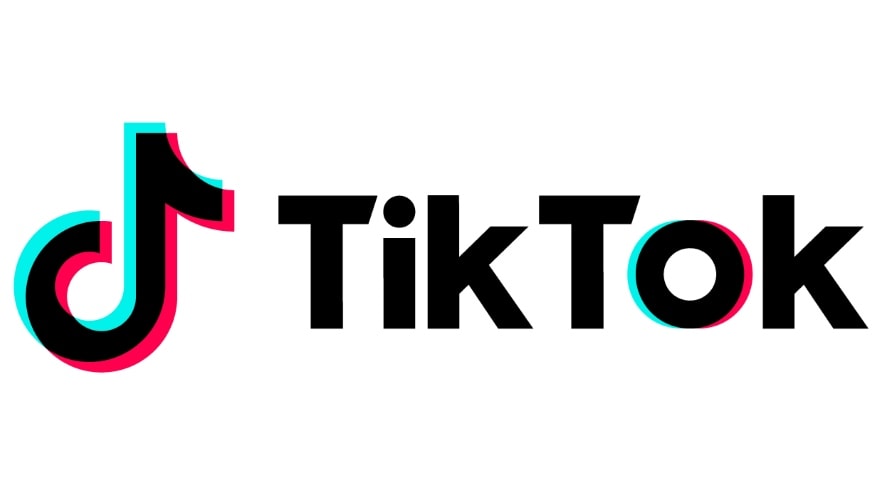
COVID-19 has presented significant challenges for humanity from a multitude of perspectives. A key issue has been centered around the impact that the pandemic has had on mental health. In modern society, a host of variables and stress factors have contributed towards a rise in the reporting of mental health illnesses, even before the additional pressures of a global pandemic.
According to the NHS (2021) 1 in 4 adults and 1 in 10 children experience mental illness in the UK. In addition to medication based prescriptions, the concepts of well being and mindfulness have become increasingly prevalent in the societal lexicon and consciousness.
Patients treated for stress in the Belgian capital Brussels have been offered free visits to museums, as part of a three-month trial designed to rebuild mental health amid the COVID-19 pandemic. Doctors at the Brugmann hospital will be able to prescribe visits to five public museums across the city. The initiative was first proposed by Delphine Houba, Brussels city councillor for culture and tourism.
Speaking to the Belgian newspaper L’Echo, she said:
“It has been shown that art is good for mental and physical health. “The COVID crisis, accentuating stress has made this project highly relevant.”
The museum visits will be prescribed to patients either individually or as part of a group treatment. The latter will see between six to eight people, who are in a “stress recovery group”, visit the museums together. The results of the initiative will be monitored and published in a report later this year.
Some points to consider:
How can attractions play their part in supporting the promotion of wellbeing and mindfulness in their communities?
How are events and interpretation methods at attractions pivotal in supporting mental health?









